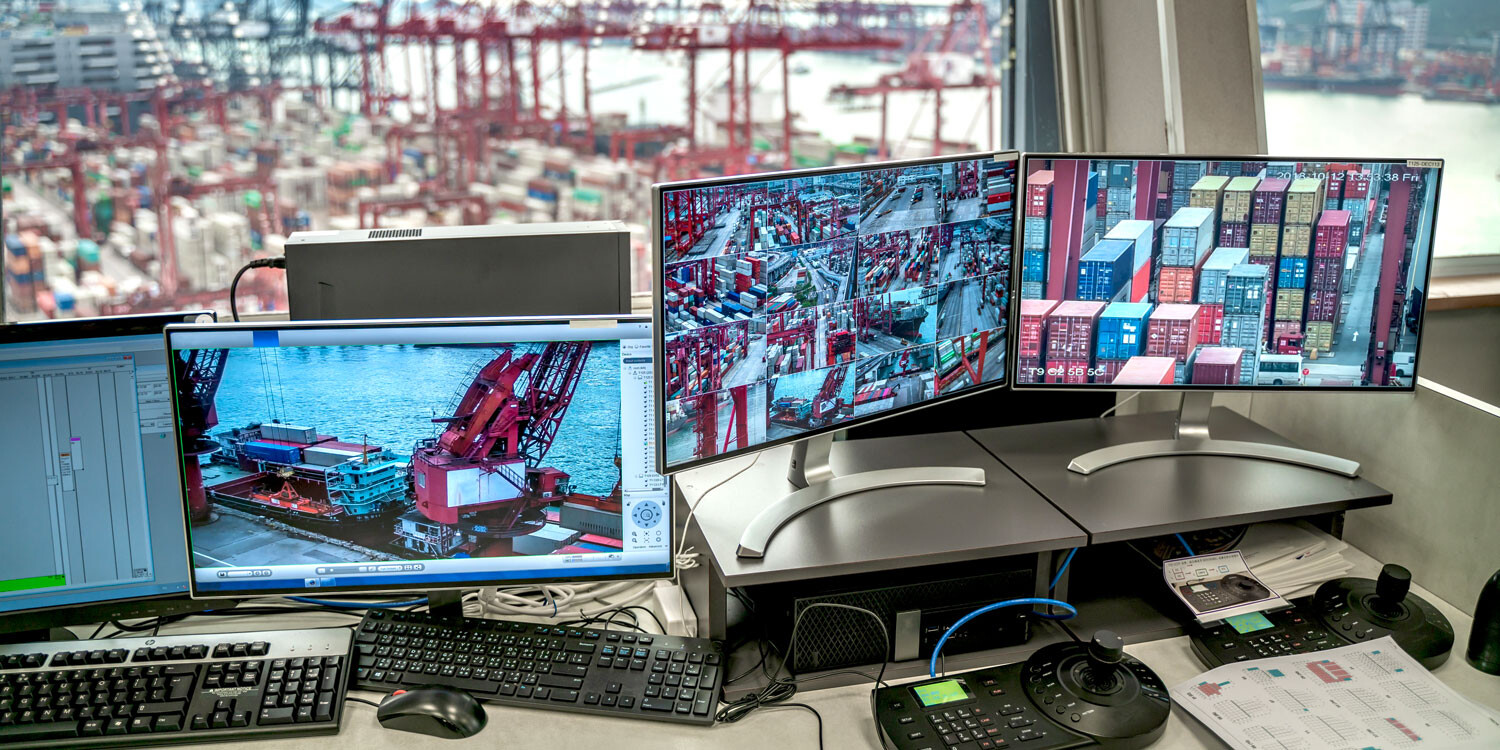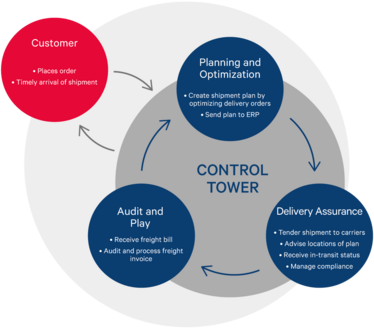
Supply chain control tower: Providing real-time visibility
A supply chain control tower provides end-to-end supply chain visibility and control across your entire logistics operations.

A supply chain control tower provides end-to-end supply chain visibility and control across your entire logistics operations.
Lockdowns and changes in business operations over the past years have emphasized the need for new ways to connect and solve problems to keep business afloat and meet increasing customer requirements, making digital advancements a priority among supply chain leaders.
With ensuring food supply among the top priorities, the supply chain industry is one of the industries forced to quickly adapt to market needs and changing business terrain. Food shortages and safety concerns raised the need for better storage to avoid waste or spoilage. Now, with vaccinations being the current focus, companies are paying particular attention to vaccine storage and supply requirements.
All these examples highlight the need for complex and thorough data management planning, monitoring and coordination using real-time tracking, and end-to-end implementation.
A supply chain control tower is a centralized agile cloud platform with tools that collect data from key business metrics and events across the supply chain – from supplier to consumer – providing real-time data that identifies weak spots within the supply chain and enabling operators to fully understand, prioritize, and resolve critical issues as they arise.
It is a connected and personalized dashboard that can store and manage information on order status, freight tracking, tracing, and delivery scheduling. This allows operators to make smarter and more informed decisions throughout a complicated supply chain network involving multiple third-party logistics (3PL) suppliers and operators. Using artificial intelligence and predictive analytics will enable the improvement of business processes while reducing costly exceptions resulting in improvements of both efficiency and processes.
Supply chain control towers have been around for more than a decade. More than ever before, companies are pivoting to more digitalized supply chain processes. Suppliers are put under enormous pressure to provide customers with what they need — when and where they need it — and to optimize the supply chain operations while achieving cost savings goals. To optimize supply chains, control towers create agility for supply chain operators to respond rapidly and make real-time changes.

Regardless of the business model, supply chain control towers provide three important benefits for every manufacturer, supplier, partner, and 3PL:
The ongoing pandemic has brought to the forefront the importance of having a proactive approach, to be ready for any occurrence, and have a system in place to help adjust to sudden changes. AEB’s Monitoring & Alerting software is a next-generation collaboration platform for supply chain control towers.
Monitoring & Alerting from AEB also sends out notifications with a real-time and transparent overview of the status of each step in the process. Businesses can define the milestones in their supply chain, and AEB’s Monitoring & Alerting sends out proactive alerts when delays or unplanned events occur while getting a solid base of data for measuring supplier performance.
The platform delivers optimal flow of goods in a supply chain, promising smooth, secure, and swift exchange of data among stakeholders. Instead of simply consolidating the tracking data of transport service providers, the platform provides a foundation for modern supply chain event management.
AEB knows that with most business operations, the future is digital. Understanding very well the advantages of electronic, data-based, and paperless systems, AEB will continue advocating for the benefits of utilizing supply chain control towers and their stronger integration in the logistics and transportation sector after the pandemic.
Optimized supply chain processes from procurement to fulfillment with AEB's supply chain and logistics software. Including monitoring and transportation management, supply chain visibility, multi-carrier shipping, freight settlement and logistics cost management, and warehouse management at the heart of global distribution centers.